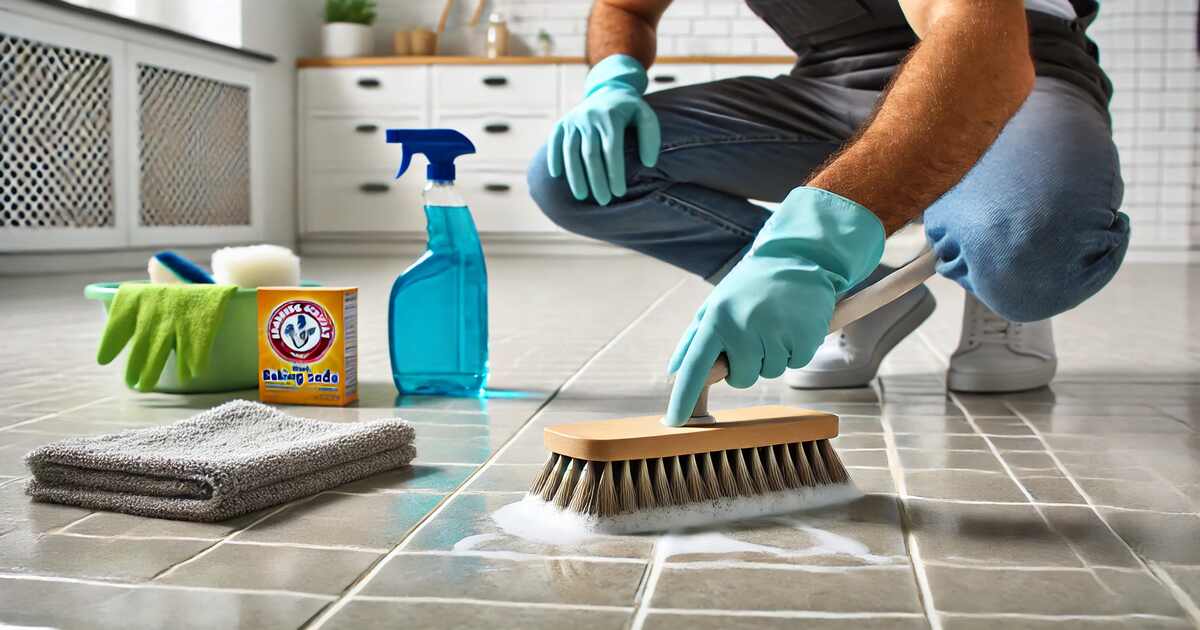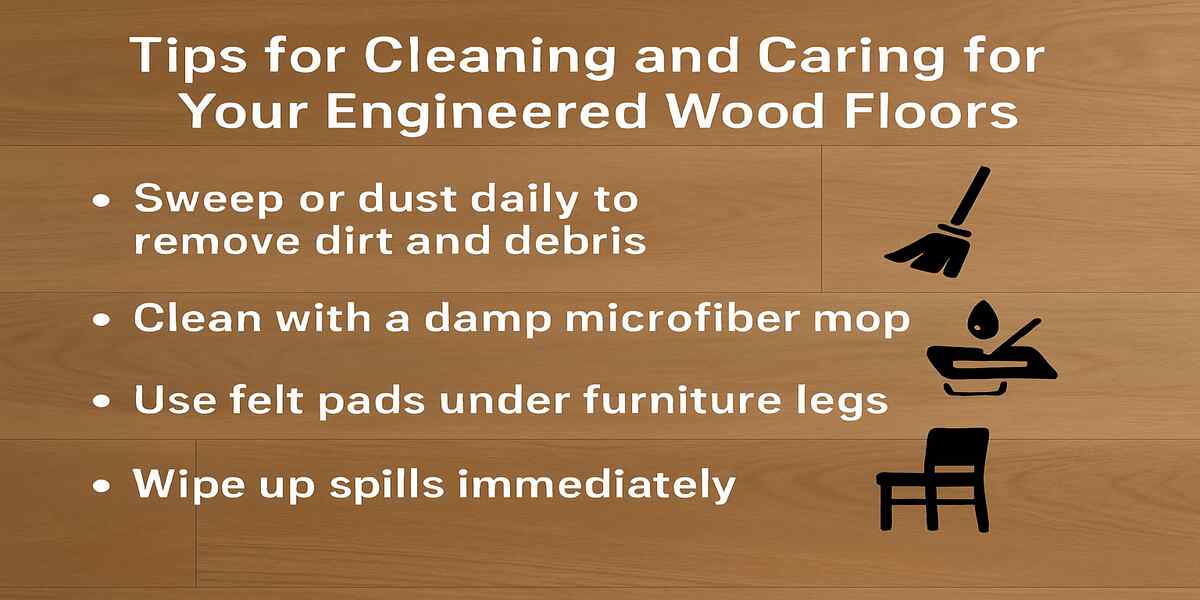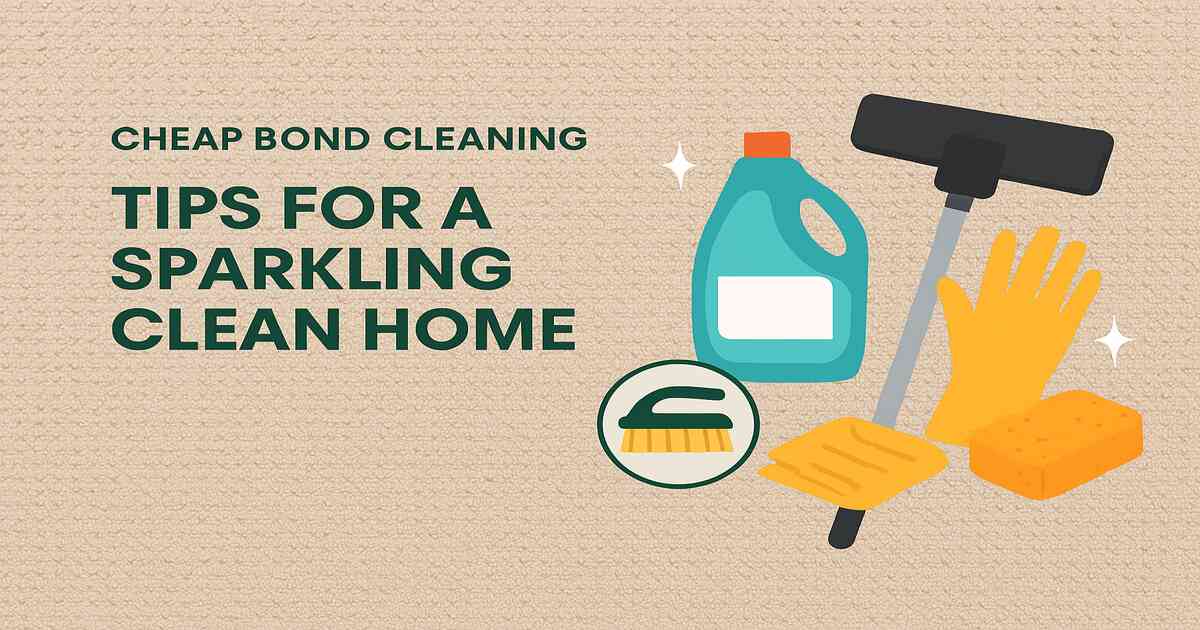
Best Methods to Clean Water Stains on Leather
It’s not recommended to remove ballooned Inches of mould on the ceiling. What to do? Asked to look up at the ceiling, do you see those clusters of dark, creepy patches? Do you have those endless black patches on your bathroom ceiling that are impossible to scrub off? Tired of scrubbing 24/7 only to have the mould come back? You are not the only one. Ceiling mould is an eyesore for most people and a nasty headache for others. This problem is aggravated particularly in high-moisture areas. Mould is not invulnerable, however, and may be broken with a good temper.
This blog would help him in a very exact way, letting me clean his ceiling mould and prevent it from happening in the future. Are you ready to remove the word “mould” from your internal vocabulary forever? Are you excited? Let’s get started.
1. Ceiling Mould Causes Outline
Mould can be managed quite simply if you know what leads to it. The warm, moist and poorly ventilated environment makes it easier to propagate, as per bond clean Brisbane. More specifically, due to these forces, upstairs bathrooms, kitchen ceilings and laundry room ceilings incur more risk.
Bad ventilation systems restrict the flow of air, causing it to be trapped while also causing water to settle in parts. Water is leaking from another place, such as plumbing or the roof, and it gets absorbed into the ceiling material, where moist and damp conditions are perfect for mould are form. In inadequately insulated homes, or those in colder climates, the interaction of warm air with cold ceiling surfaces results in condensation. Unindoors and humidity levels over 60% promote rapid mould growth as well. If nothing is done to address the cause of the mould, you will constantly be cleaning it.
2. Layering Up Safety Before Cleaning
Before beginning the process of cleaning mould, it’s important to take precautions to protect yourself. Moulded spores can cause allergic reactions, respiratory problems, or skin and eye irritation. Asthmatics and allergic people should be very careful, and also people with weaker immune systems. It should be emphasised that safety instructions are rubber gloves, face masks, preferably N95 type, and eye protective gear. Long sleeves and pants can help keep the skin from coming into contact. Windows and doors should be thrown open, and if it is over a square metre, calling in the professionals would be a far safer bet.
3. Step-by-Step: How to Remove Mould from Your Ceiling.
Mould removal can take some work, some delicate steps, some specialised equipment, some call for patience, and some care. First, we need to establish exactly which mould it is. Moulds come in various colours, including green, grey and brown, but the infamous black mould (Stachybotrys chartarum) is toxic in nature. Either way, everything needs to be handled carefully.
You will then need to choose your cleaning solution. The remedy that I discovered is unbelievable and almost 100% of the time is natural to remove mould. It doesn’t require a carrier, just direct spraying onto the painful area. Alternatively, a 3% solution of Hydrogen Peroxide does an excellent job on affected patches of mould. A mild option for small patches, particularly on painted surfaces, is baking soda and water. Though stronger, commercial mould cleaners are available, caution should be taken when using harmful brands. Finally, never combine vinegar and bleach, as that becomes hazardous, creating toxic fumes.
Using the desired cleaner, apply it to the mold on the ceiling. You need to give the mould 10/15 minutes to break down. Then, brush that area with a soft-bristled brush or sponge. You’ll want to be gentle when scrubbing, as you could damage the plaster or paint. You may rinse the area with fresh water after washing, and dry it with a towel to remove any remaining moisture if you wish.
4. How to Avoid Mould Returning
The journey to eliminate mould does not just stop there. Start by closing the orbit holes and putting yourself in a position for success. First, the air flow in the home needs to be cleaned up by adding exhaust fans to bathrooms and kitchens. Make sure the windows are open, too, so the air can blow in and out.
After that, maintaining household humidity below 60 per cent does the trick. A dehumidifier is helpful if the room is not well ventilated or the weather is humid. Just make sure to inspect the house for roof or plumbing leaks. Small leaks are often concealed, but will slowly accumulate damp in the long run.
Fourth, if repainting ceilings, you might want to consider applying anti-fungal or mold resistant paint. This can also help to prevent further growth. Second, stick to a regular cleaning routine. Frequently wipe the corners of the ceiling and other areas that may be difficult to clean and that can accumulate dirt and moisture, if any, in order to prevent dampness, and always remember the importance of why clean and sanitise your home.
5. When to Call a Professional
There is a rare time when it becomes almost impossible to be able to solve this with a full “do it yourself” job, and that’s when you are going to have to call the professionals in, especially if this covering is getting larger and larger on the ceiling. If that is the case, then certainly you’re going to require industrial means to have the ability to securely remove it. There’s also a deeper problem if no matter what you do the mould returns; the issue is probably coming from deeper beneath the substrate in the form of concealed leaks and structural damage.
In other cases, the stubborn nature of mould growth can cause unpleasant odours, trigger symptoms like headaches and coughing, and compromise indoor air quality in a home or commercial building. If these symptoms continue, a licensed mould remediation specialist should be consulted promptly. A pro will perform a thorough inspection, address any hidden moisture problems and, ultimately, safely remove the mould for good.
Conclusion
Ceiling mould is more than just repulsive: it is a hazard to your health and penetrates the integrity of your home. The good news is that you don’t have to. If you know why it’s an issue, take some safety measures, clean it properly, get it gone and keep it at bay!
When tackling dark patches on your ceilings, be sure to act confidently. Those marks don’t mean anything to you. The result: a clean ceiling that promotes good clean air and a good clean environment, and mental security. Whether you do the work yourself or pay for professionals to do it, it is important that you do not dismiss this.
The knowledge that you are no longer being threatened by the mould above your head can be expected to make you feel more at ease, but being free from all that stuff, and along with it, liberated. For stubborn cases, you may also consider expert help like bond cleaning Sunshine Coast to ensure a long-term solution.



